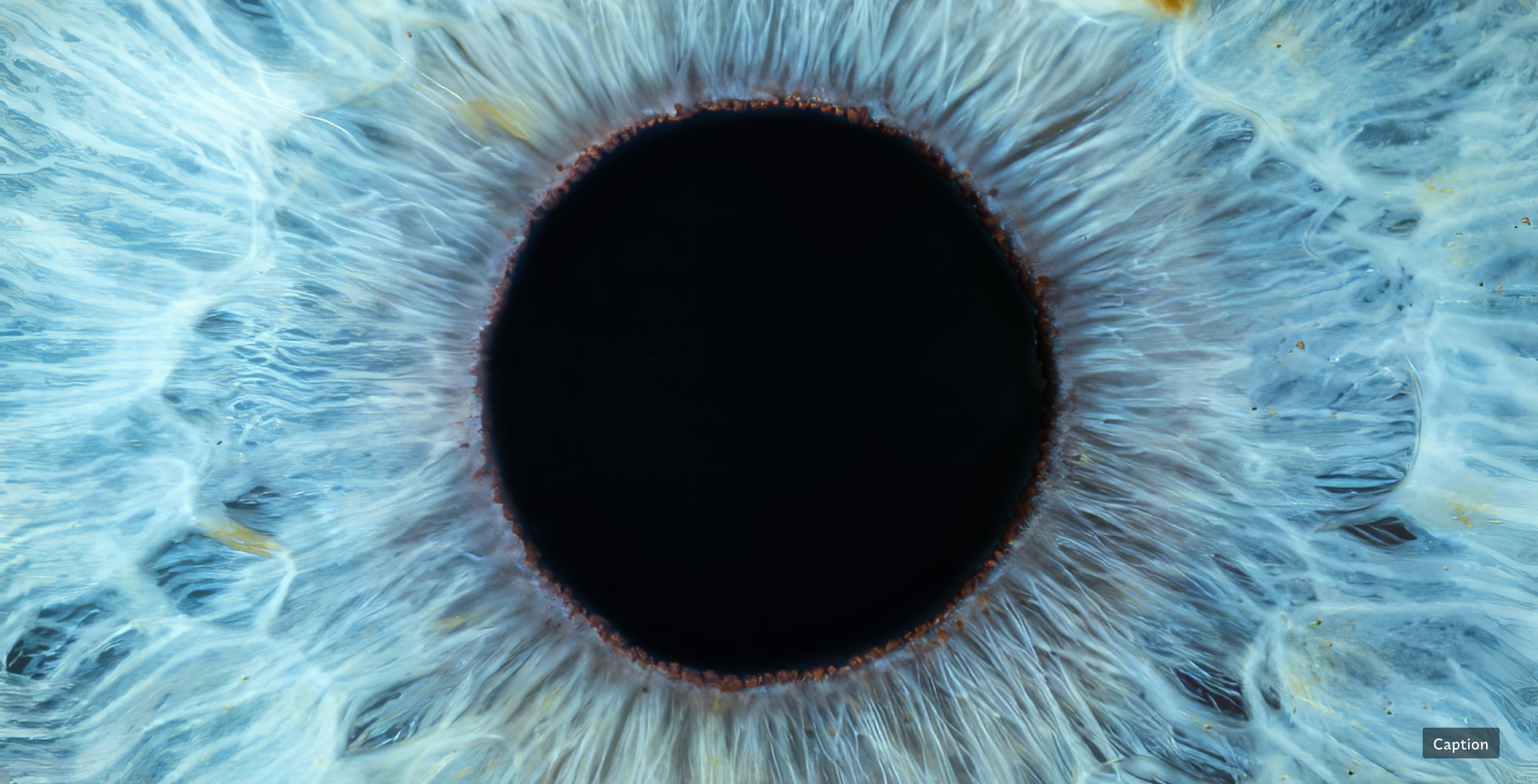
Test blog for Revervia (Clone 1)

Algae (Latin: Algae, Greek: Phykos) – a morphological and ecological group traditionally composed of several unrelated evolutionary lineages of thalloid organisms, meaning those without true tissues.
The scientific study of algae is called algology (or phycology).
What connects the various phyla within this group is, in most cases, their autotrophic nature and their role as primary producers of organic matter in aquatic environments—or in areas with limited or temporary water presence, such as moist soil or tree bark—as well as their primitive, non-tissue body structure.
Due to the fundamental distinction between prokaryotes and eukaryotes, some sources define true algae as only the eukaryotic organisms, referring to the entire group more broadly as “algae and cyanobacteria.”
Estimates of the number of algal species range from 30,000 to over 1,000,000, with some outliers suggesting up to 350 million. According to AlgaeBase, as of mid-2012, around 32,500 species had been verified, and approximately 100,000 names were registered, either as taxonomic synonyms or with uncertain status. The database’s creator estimates the total number of algal species to be about 72,500, of which around 44,000 had been described by 2012.
According to estimates, the most numerous modern photoautotrophic organism on Earth is the cyanobacterium Prochlorococcus marinus, with a population of about 10²⁷ individuals. Populations of coccolithophores may be similarly vast.
Estimates of the number of algal species range from 30,000 to over 1,000,000, with some outliers suggesting up to 350 million. According to AlgaeBase, as of mid-2012, around 32,500 species had been verified, and approximately 100,000 names were registered, either as taxonomic synonyms or with uncertain status. The database’s creator estimates the total number of algal species to be about 72,500, of which around 44,000 had been described by 2012.
According to estimates, the most numerous modern photoautotrophic organism on Earth is the cyanobacterium Prochlorococcus marinus, with a population of about 10²⁷ individuals. Populations of coccolithophores may be similarly vast.
Cyanobacterial fossils (stromatolites) date back as far as 3.7 billion years, found in the Isua formation in Greenland. Slightly younger fossils (by 220 million years) were found in the Pilbara craton in Australia. Some of the oldest known eukaryotic algal fossils belong to the genus Grypania spiralis. Some specimens may be over 2 billion years old, though their true origin is debated. Undisputed eukaryotic algae fossils are dated at 1.6 billion years and were found in the Rohtas Formation (Vindhyan basin) in India.
It is also hypothesized that certain fossils found in lake sediments in southern Africa by Józef Kaźmierczak’s team—showing siphonous coenocytic structures—could be of algal origin. These fossils are dated at around 2.8–2.7 billion years, potentially making them the oldest known eukaryotic remains.
Estimates of the number of algal species range from 30,000 to over 1,000,000, with some outliers suggesting up to 350 million. According to AlgaeBase, as of mid-2012, around 32,500 species had been verified, and approximately 100,000 names were registered, either as taxonomic synonyms or with uncertain status. The database’s creator estimates the total number of algal species to be about 72,500, of which around 44,000 had been described by 2012.
According to estimates, the most numerous modern photoautotrophic organism on Earth is the cyanobacterium Prochlorococcus marinus, with a population of about 10²⁷ individuals. Populations of coccolithophores may be similarly vast.
Cyanobacterial fossils (stromatolites) date back as far as 3.7 billion years, found in the Isua formation in Greenland. Slightly younger fossils (by 220 million years) were found in the Pilbara craton in Australia. Some of the oldest known eukaryotic algal fossils belong to the genus Grypania spiralis. Some specimens may be over 2 billion years old, though their true origin is debated. Undisputed eukaryotic algae fossils are dated at 1.6 billion years and were found in the Rohtas Formation (Vindhyan basin) in India.
It is also hypothesized that certain fossils found in lake sediments in southern Africa by Józef Kaźmierczak’s team—showing siphonous coenocytic structures—could be of algal origin. These fossils are dated at around 2.8–2.7 billion years, potentially making them the oldest known eukaryotic remains.

DHA and Eye Health: What the Science Tells Us Revervia® is a new plant-based, marine source of DHA omega-3 from algae, offering high natural concentration of ...

Thdrtgh ghjghjgh hjkhjkhjk hjkgukghjk hjkhjkhjk jkhjkhjk Algae (Latin: Algae, Greek: Phykos) – a morphological and ecological group traditionally composed of ...